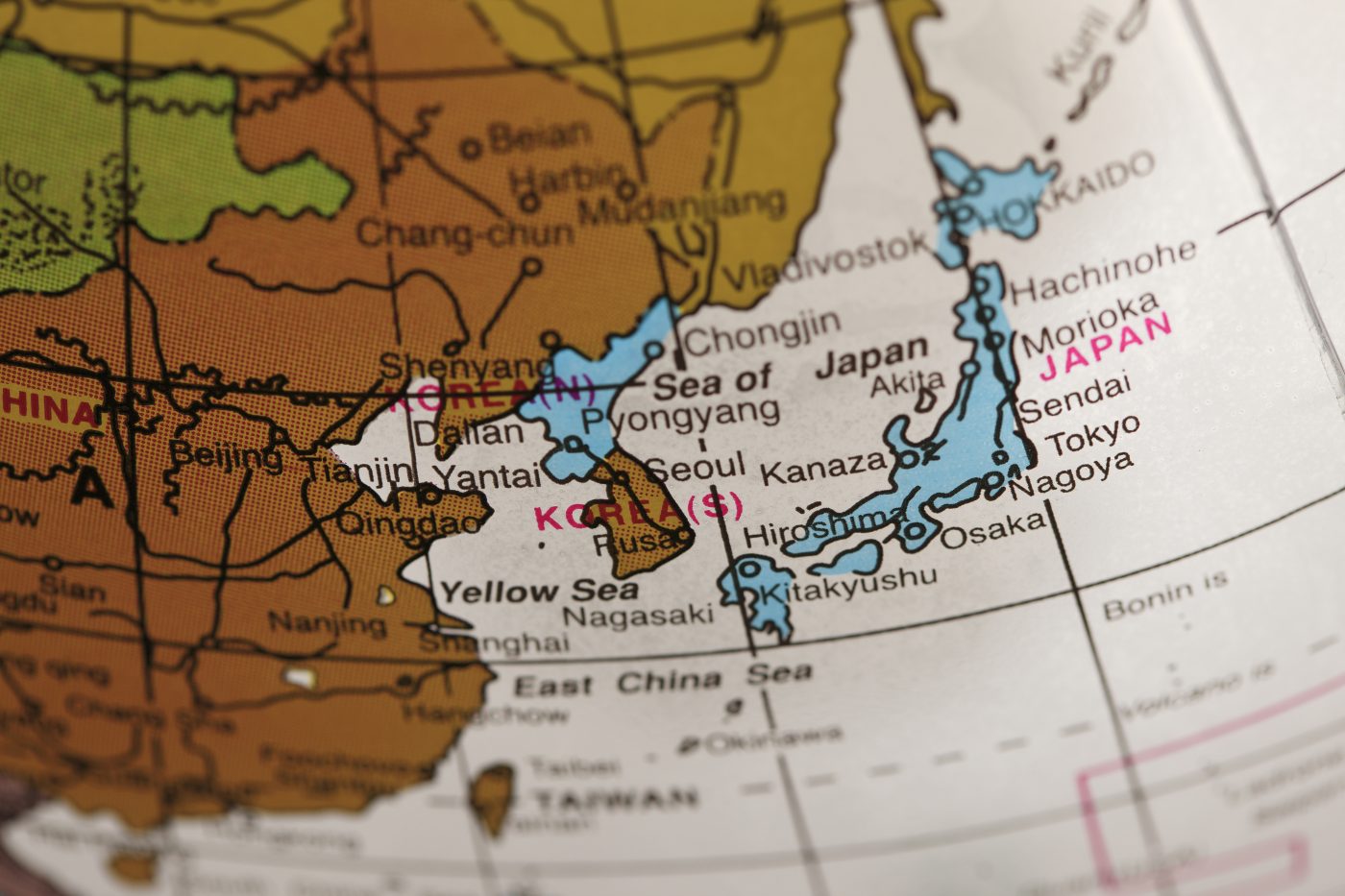Benlysta Plus Standard of Care Improved Disease Activity in Phase 3 Northeast Asia Trial

Benlysta (belimumab) used in combination with standard of care significantly improved disease activity and reduced prednisone use in patients in Northeast Asia with systemic lupus erythematosus (SLE), a Phase 3 clinical trial found.
While the therapy is already approved in the U.S. and Europe for patients with active, autoantibody-positive SLE receiving standard treatment, this study confirms that the approach is also safe and effective in Northeast Asian patients.
The trial, sponsored by GSK, was reported in the article, “A pivotal phase III, randomised, placebo-controlled study of belimumab in patients with systemic lupus erythematosus located in China, Japan and South Korea,” published in the BMJ journal Annals of the Rheumatic Diseases.
The approval of Benlysta in the U.S. and Europe was supported by three international, multicenter trials: BLISS-52 (NCT00424476), BLISS-76 (NCT00410384), and BLISS-SC (NCT01484496). While these trials included patients from several world regions, they did not include a sufficient number of participants from Northeast Asia.
Studies have suggested that the clinical manifestations of lupus are different in Asian patients compared to European and U.S. patients. Therefore, further studies were required to investigate if Benlysta is equally beneficial for patients in Asian regions.
Researchers designed the BEL113750 trial (NCT01345253) to address that gap. The study included 677 SLE patients from China, Japan, and South Korea, who randomly received Benlysta or placebo, plus standard of care. For each patient receiving placebo, two were given Benlysta.
The primary endpoint was the SLE Responder Index 4 (SRI4) response rate after 52 weeks of treatment. SRI4 was defined as a reduction of four or more points from baseline in the SELENA-SLEDAI score, a measure of disease activity; no worsening of the Physician’s Global Assessment (PGA), a physician’s assessment of disease severity; and no new organ involvement.
In the Benlysta group, 53.8 percent of patients achieved an SRI4 response compared to 40.1 percent in the placebo group.
Secondary endpoints included time to first severe flare, the number of days of daily prednisone dose of 7.5 mg or less, or reduction of the prednisone dose by 50 percent over 52 weeks. The number of severe flares was lower in the Benlysta group, at 12 percent compared to 22 percent in the placebo group.
During weeks 40 to 52, 15.6 percent of patients in the Benlysta group had reductions of greater than 25 percent in their doses of prednisone, bringing doses to under 7.5 mg per day. In the placebo group, that percentage was 10.9.
Researchers noted that no new safety issues arose with the use of Benlysta in the Northeast Asian population under study and that the drug’s effectiveness and safety in this population were similar to results from other trials.
“The reduction in prednisone use in patients on high-dose prednisone (>7.5 mg/day) and the longer duration of reduced use observed within the belimumab treatment group provide encouraging results for belimumab as an add-on to current SoC,” researchers wrote.
“Overall, efficacy and safety results were consistent with intravenous and subcutaneous belimumab data until now, with no new safety issues identified and no suicides or suicide attempts in the belimumab group. This study provides evidence that supports the use of intravenous belimumab 10 mg/kg, in addition to SoC, as a viable treatment option for patients with SLE in North East Asia who present with disease activity despite SoC treatment,” the team concluded.






